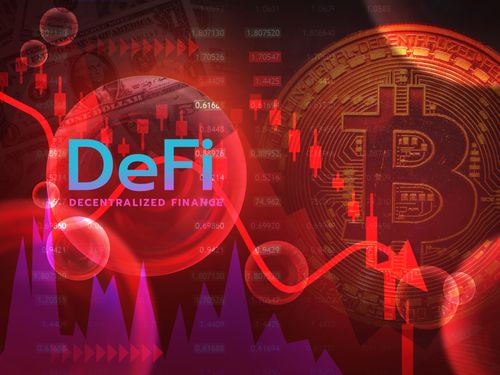Since the Silicon Valley Bank crash, decentralized exchanges are benefiting heavily after a new surge in the number of users. The collapse of the American Bank saw users moving their funds from centralized exchanges to decentralized ones. Similar things occurred during the failure of FTX.
In a recent blog post, blockchain analysis firm Chainalysis noted that there's always a surge in the number of transactions coming into decentralized exchanges whenever there's turmoil in the market. Whenever a centralized exchange or crypto-affiliated bank is closing down, there's always a high surge in the number of transactions happening within DEXs. After the SVB collapse, DEXs were crowded, with many trying to move USDC and other tokens to more secure decentralized exchanges.
"As is often the case in times of market turmoil, outflows from centralized cryptocurrency businesses spiked, likely because users feared they could collapse and leave them unable to access funds, as happened to so many following FTX’s failure."
"Hourly outflows from centralized exchanges spiked to $1.2 billion at 1am on March 11. A significant portion of those funds were then used for trading at decentralized exchanges (DEXes)," Chainalysis noted. Data provided by Chainalysis showed that as much as $300 million were used for immediate trading at decentralized exchanges. This is not the crypto industry's first witnessing of such a scenario.
During the collapse of FTX, similar things happened as Investors tried to salvage anything left in FTX. Even centralized crypto exchanges that had nothing to do with FTX saw users withdrawing tokens and moving them to decentralized exchanges. Decentralised exchanges are widely known to be safer than centralized exchanges regarding customer control over assets. Investors who were quick enough to transfer their assets from FTX or affected exchanges to DEXs saved their funds from going down the drain. Unsurprisingly, users had immediately taken to DEXs after the SVB collapse.
Investors got in on many assets during the SVB collapse
According to Chainalysis, the significant assets investors sent to DEXs immediately were USDC and wETH. But immediately after moving their funds to decentralized exchanges, they converted and reinvested in other crypto assets. Chainalysis revealed that the two major DEXs that saw massive activities happening in their exchanges were Curve and Uniswap.
At Curve, some converted their USDC to USDT and DAI. However, many bought extra USDC as they had envisioned the stablecoin regaining its peg. "Curve saw acquisitions of USDT and DAI spike over the weekend as USDC depegged — but oddly enough, USDC saw an even bigger spike. This may suggest that some traders foresaw USDC regaining its peg and sought to acquire it in bulk at a discount," Chainalysis said.
At Uniswap, things were more diverse as investors tried to acquire as many tokens as possible with the funds they moved from centralized exchanges. However, USDC still had the highest transaction volume on the DEX. "Once again, several assets saw large spikes in user acquisition, but none more than USDC. Outside of stablecoins, wETH also saw a spike in acquisition volume. Like USDC, wETH (and, of course, Ether itself) also saw a drop in volume this weekend, which was quickly recovered by the end of Sunday," Chainalysis added.




